Part 1: Aspiration to connect North and South
Exactly 50 years ago, the revolutionary flag flew over the roof of the Independence Palace at noon on April 30, 1975, marking the complete victory of the Ho Chi Minh Campaign. The fight to completely liberate the South and unify the country achieved a great victory after 21 years of protracted resistance. Looking back over the past 50 years, we cannot help but be proud of the glorious feats that shook the earth, opening a new era, the brilliant Ho Chi Minh era.
The two sides of the border
After the Geneva Accords in 1954, millions of Vietnamese families were separated and separated. At the 17th parallel alone, about 1 million people migrated from the North to the South, mainly following the movements organized by the lackeys of the American imperialists. Meanwhile, in the opposite direction, more than 140,000 cadres, soldiers, students, intellectuals, artists, etc. gathered in the North, carrying with them the aspiration to return to a unified Vietnam.
In the house on Doc Ngu Street, Ba Dinh, Hanoi , veteran journalist Ha Dang - former member of the Party Central Committee, Editor-in-Chief of Nhan Dan Newspaper, Head of the Central Ideology-Culture Department (now the Central Propaganda and Mass Mobilization Department) despite being 96 years old still cannot forget the historic days 70 years ago. At that time, he was a reporter for Nhan Dan Newspaper in Inter-zone 5. On May 16, 1955, after the 300-day regrouping period, he and his comrades boarded the last train leaving Quy Nhon for the north.
The Kilinsky ship (Poland) carrying the group docked at Sam Son. Mr. Ha Dang and nearly a hundred others cycled from Sam Son to Hanoi, then went to study at Chem school. A few dozen days later, he was assigned to work at Nhan Dan Newspaper. He said that from the regrouping trip to the North, it took nearly twenty years, that is, until April 30, 1975, for him and his brother Dang Minh Phuong (also a reporter for Nhan Dan Newspaper) to have the opportunity to return to their homeland.
Mr. Mai Liem Truc, former Permanent Deputy Minister of the Ministry of Posts and Telecommunications, also left Quy Nhon port with tens of thousands of children and students from the South in 1954 to study in the North. At that time, he was only 10 years old. Now at the age of 81, he still clearly remembers that evening, when his family received notice to regroup in the North. His mother stayed up all night to sew a traditional Vietnamese dress for him because she was worried that her son would not be used to the cold weather in the North. The journey from Quy Nhon took him to Thanh Chuong ( Nghe An ), Chuong My (Hanoi), Dong Trieu (Quang Ninh) and then to the German Democratic Republic to study radio.
Mr. Truc recalled that from the moment he set foot in the North, the children and students from the South were very moved by the warm and enthusiastic welcome of the people here. In the beginning, he was assigned to stay in the houses of the people, three to four students in a family. Although living far away from his mother and siblings, he was somewhat relieved of his sadness when the people from the North always showed their love and care for the students from the South, from burning firewood to warming themselves in the winter to hot pots of boiled potatoes and cassava, even though life at that time was still poor and deprived.
According to Mr. Truc, the model of boarding schools for southern students established in 1955 was a special model, helping his generation to mature in studying and training their personalities. What he remembers most is that during these years, he had the opportunity to meet Uncle Ho in 1959 and 1962. Every time he visited southern students, he clearly remembered his advice, especially about solidarity, solidarity between students from different regions, solidarity with children and people in the north.
Following Uncle Ho's advice, teachers have devoted themselves to training southern students to develop comprehensively, first of all learning to be human, cultivating personality, especially honesty, gratitude, collective consciousness and dedication. Since then, right from the first days of the South's liberation, most former southern students have returned to the South, participated in taking over and building, consolidating the revolutionary government, becoming key cadres operating in all fields.
According to Mr. Truc, that is to show deep gratitude to the Party, Uncle Ho and the people of the North, as well as the people of the South, and the spirit of always desiring to contribute to building a strong homeland and country. That also shows the far-sightedness of the Party and Uncle Ho when knowing in advance that the struggle for national reunification is still difficult and arduous, so preparing forces for the next revolutionary stage is very important.
Although still facing the pain of separation, for the Vietnamese people, the Geneva Agreement was a historic victory. According to Professor, Doctor of Science, People's Teacher Vu Minh Giang, from Dien Bien Phu, our nation had a victory that shook the world, ending the war of aggression by French colonialists and the intervention of American imperialists.
However, looking at the international situation at that time, our position and strength were not strong enough to completely liberate the country. At a time when the US imperialists had plans and ambitions to replace the French colonialists, our Party and Government needed to consider a plan to confront another, much stronger power. “Besides, we need a recovery process after nine years of resistance against the French colonialists. We need to build the North into a strong rear base, preparing conditions to carry out the resistance war against the US imperialists later,” Professor Vu Minh Giang acknowledged.
The pain of separation
Associate Professor, Dr. Hoang Chi Hieu of Hue University of Education has transformed the pain of separation of family and relatives into creative motivation by recreating history through the book The Borderlands (1954-1975).
Associate Professor, Dr. Hoang Chi Hieu was born in Trieu Phong, his paternal hometown, and grew up in Vinh Linh, his maternal hometown. Both places are in Quang Tri province, only about 40 km apart. However, to return to his hometown after gathering in Vinh Linh, his grandparents, father, and many other families in similar circumstances had to spend 21 years. Hien Luong Bridge - Ben Hai River became the dividing point between the two regions, temporarily dividing the country into two, with the separation of millions of families. The book not only recreates history through documents from both sides and the stories of witnesses, but also provides a profound insight into the losses and sacrifices of the Vietnamese people.
Returning to the historic land of Quang Tri this time, we met again Mrs. Hoang Thi Cham - a former guerrilla of Trung Hai commune, a commune on the southern bank of Ben Hai river, 76 years old this year, in Xuan Long village, Trung Hai commune, Gio Linh district, who is being proposed by Quang Tri province at all levels to submit to the President to confer the title of Hero of the People's Armed Forces.
More than 50 years ago, on September 15, 1973, Mrs. Cham was honored to be shaken by Cuban President Fidel Castro and greeted right on the “Mc Namara Electronic Fence” when he visited the liberated area of Quang Tri. Mrs. Cham was a famous brave guerrilla of Trung Hai commune, a commune located on the southern bank of Ben Hai river and Doc Mieu base, a key point of the “Mc Namara Electronic Fence” to prevent support from the large northern rear to the large southern front. Her daily task was to snipe enemy forces at Doc Mieu base. She was such a good sniper that her name became a nightmare for the enemy. She was awarded nine times for her sniper achievements from 1967 to April 1972.
On the northern bank of the Ben Hai River is Hien Thanh Commune, Vinh Linh District. At that time, Vinh Linh area was the front line of the socialist North, the direct rear of the great southern front, the hottest and fiercest battlefield between us and the enemy. The Party and Uncle Ho had a plan to send Vinh Linh students to the North to avoid bombs and bullets as well as to build "red seeds" for the country after peace.
Ms. Le Thi Van, daughter of Vietnamese Heroic Mother Nguyen Thi Em (Tan Truong village, Hien Thanh commune) emotionally recounted: On September 27, 1967, a bus carrying 40 students from Vinh Hien commune (now Hien Thanh commune) left Vinh Linh. When it reached My Trung, Gia Ninh commune, Quang Ninh district, Quang Binh province, the entire bus was hit by an American bomb, killing 39 students (including Ms. Van's brother, a teacher and two security guards).
During those painful years, along with the people of Quang Tri, the Le Tich clan of Mrs. Le Thi Van's family all took up arms and went to battle to protect their homeland. After the country was unified, Mrs. Van's Le Tich clan in Hien Thanh commune had only 3 families left, with 17 martyrs resting in the commune's cemetery. Their blood and bones have melted into the ground, contributing to the creation of a brave, resilient, and indomitable Quang Tri. The dedication, sacrifice, and loss of the Le Tich clan is the most general image of the great dedication and sacrifice of the people of Quang Tri for the Fatherland.
During the historic days of April, many domestic and foreign tourists came to the Hien Luong-Ben Hai National Special Relic Site. “The Ben Hai River is clear on one side and muddy on the other/Who is to blame for dividing the country in two?” The haunting folk song of that day still permeates the minds of many people today.
Nowadays, it only takes a few minutes for visitors to walk on the Hien Luong Bridge relic over the Ben Hai River. However, to have this moment of happiness, many people sacrificed their entire youth with blood and tears to unify the country, the country was reunited in April 1975. Understanding the days of the country's division, the blood sacrifice of the previous generation in the great resistance war, today's generation cherishes even more the value of peace, independence, and unity of the Fatherland.
Source: https://nhandan.vn/50-nam-giai-phong-mien-nam-hanh-trinh-thong-nhat-post873819.html




![[Photo] The Government Standing Committee works with ministries and branches on the real estate market situation.](https://vphoto.vietnam.vn/thumb/1200x675/vietnam/resource/IMAGE/2025/5/24/e9b5bc2313d14c9499b8c9b83226adba)


![[Photo] Ho Chi Minh City holds funeral for former President Tran Duc Luong](https://vphoto.vietnam.vn/thumb/1200x675/vietnam/resource/IMAGE/2025/5/24/9c1858ebd3d04170b6cef2e6bcb2019e)

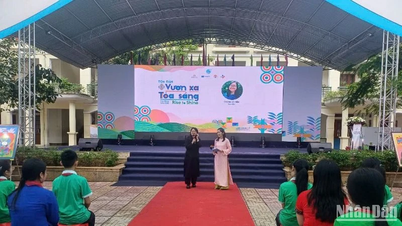
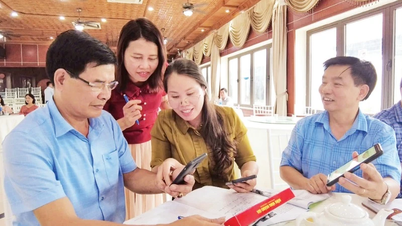
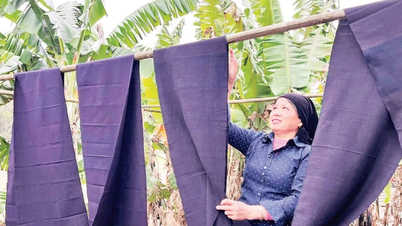

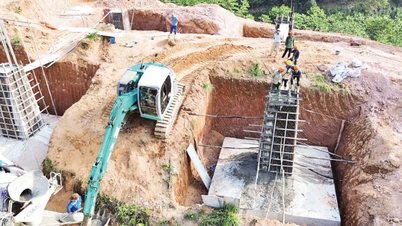





![[Photo] The Government Standing Committee works with ministries and branches on the real estate market situation.](https://vphoto.vietnam.vn/thumb/402x226/vietnam/resource/IMAGE/2025/5/24/e9b5bc2313d14c9499b8c9b83226adba)
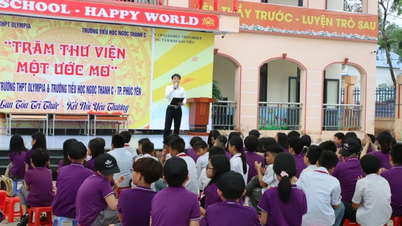
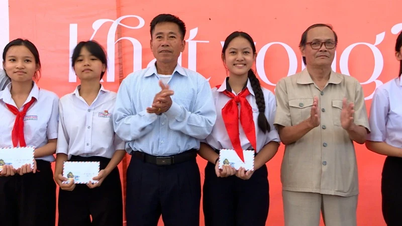

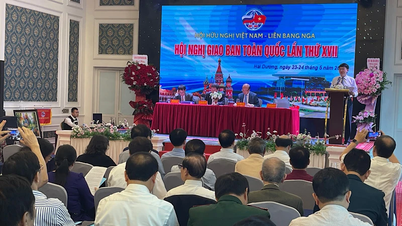


![[Photo] Party and State leaders visit former President Tran Duc Luong](https://vphoto.vietnam.vn/thumb/1200x675/vietnam/resource/IMAGE/2025/5/24/960db9b19102400e8df68d5a6caadcf6)
































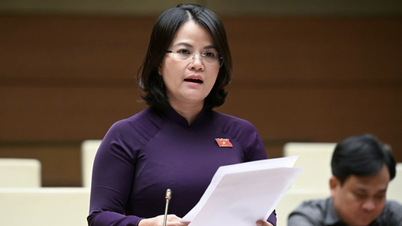
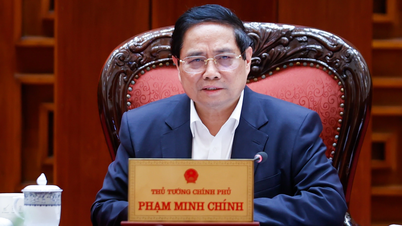










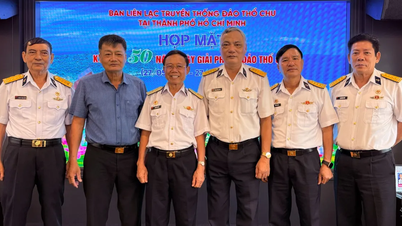



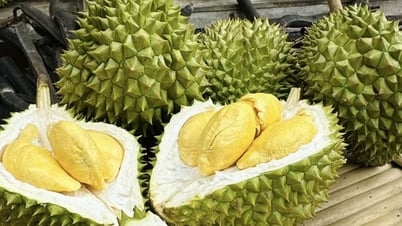


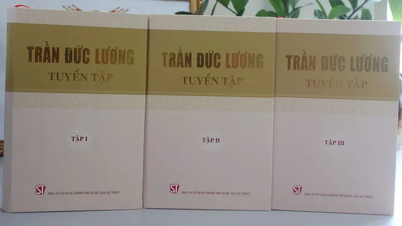
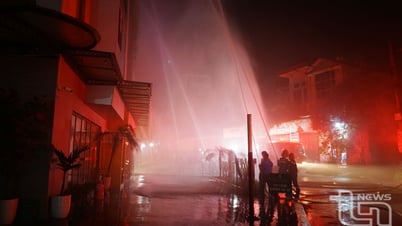












Comment (0)